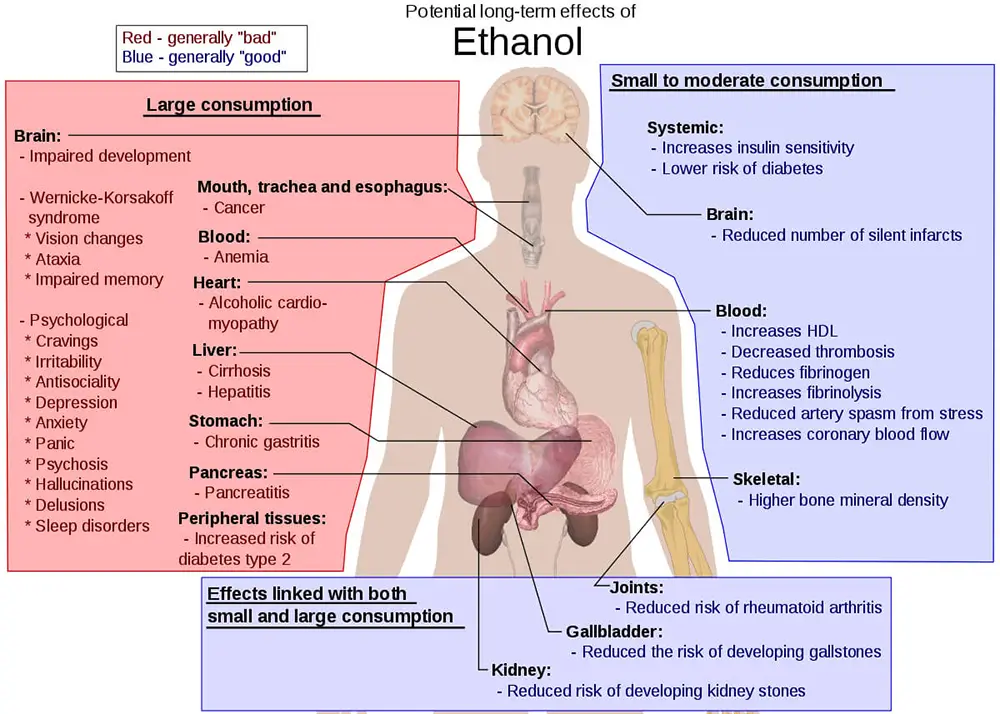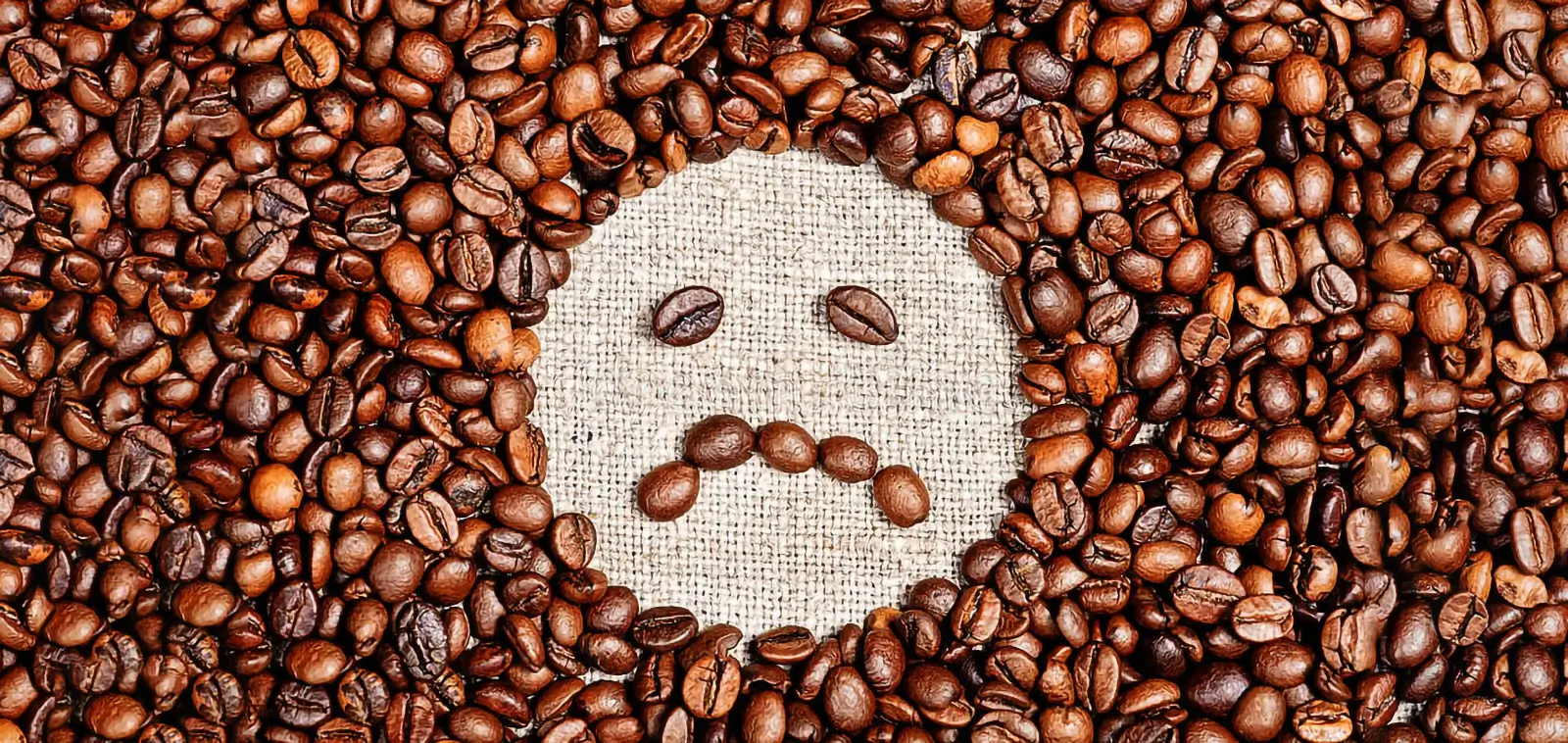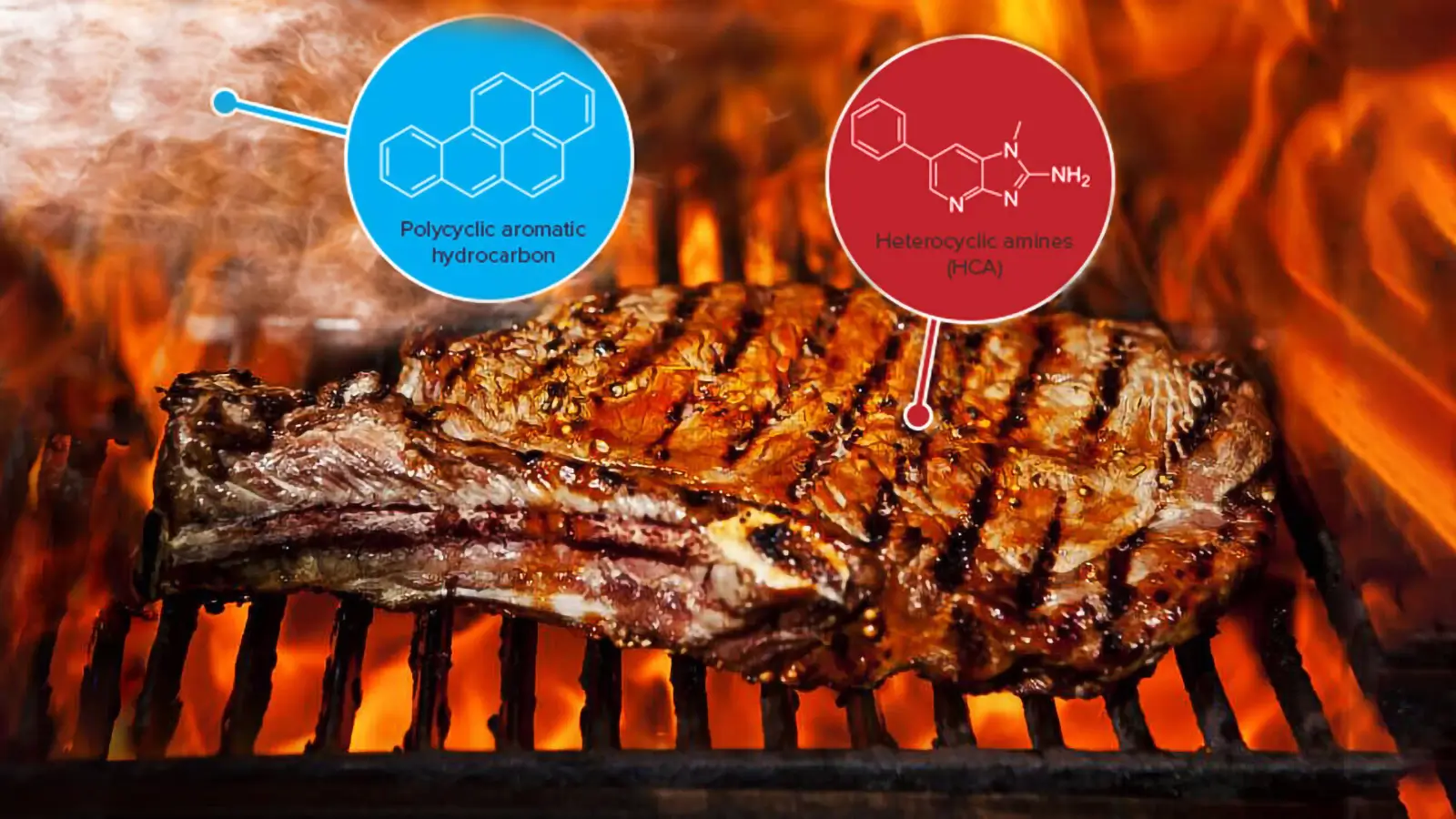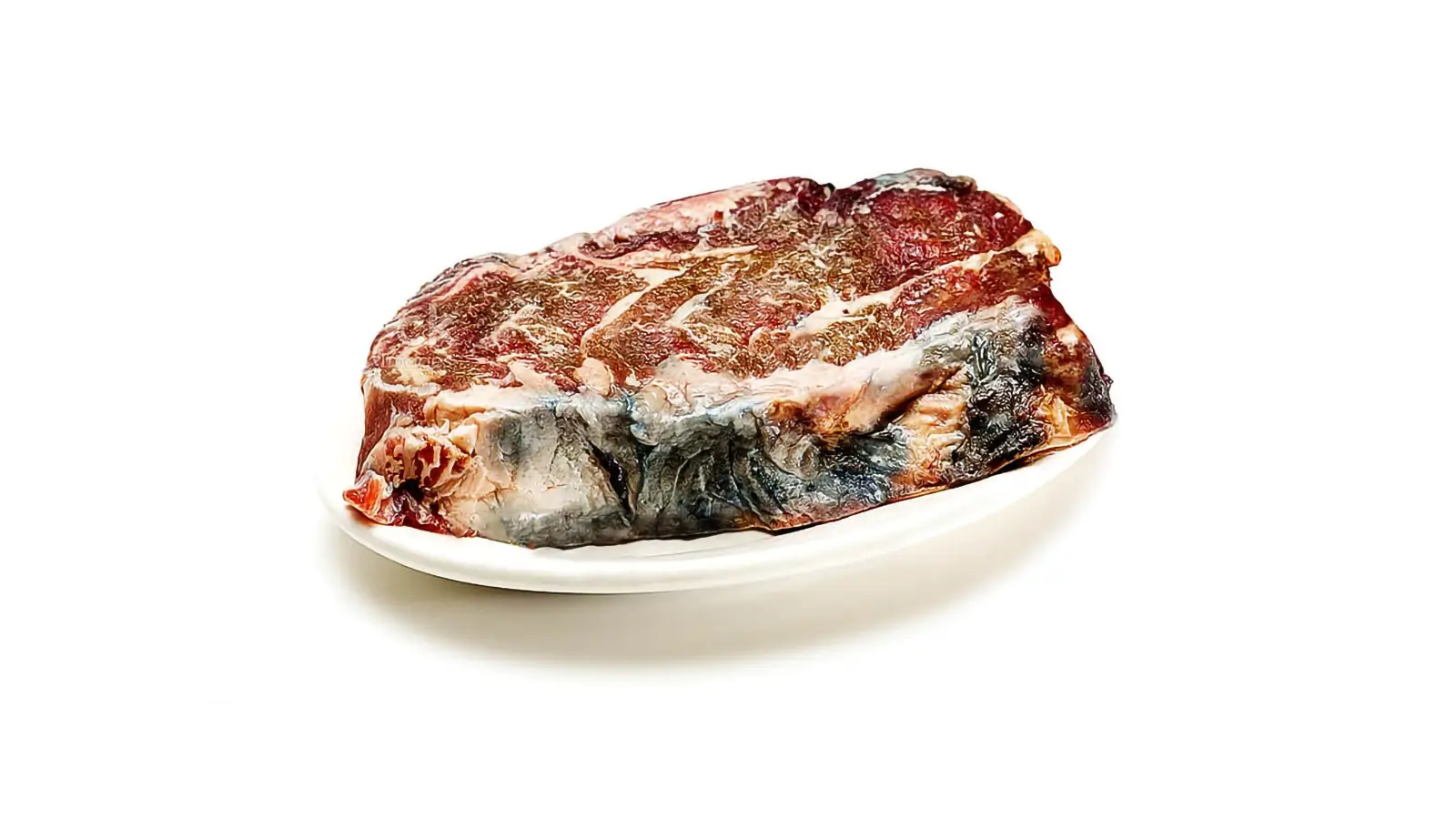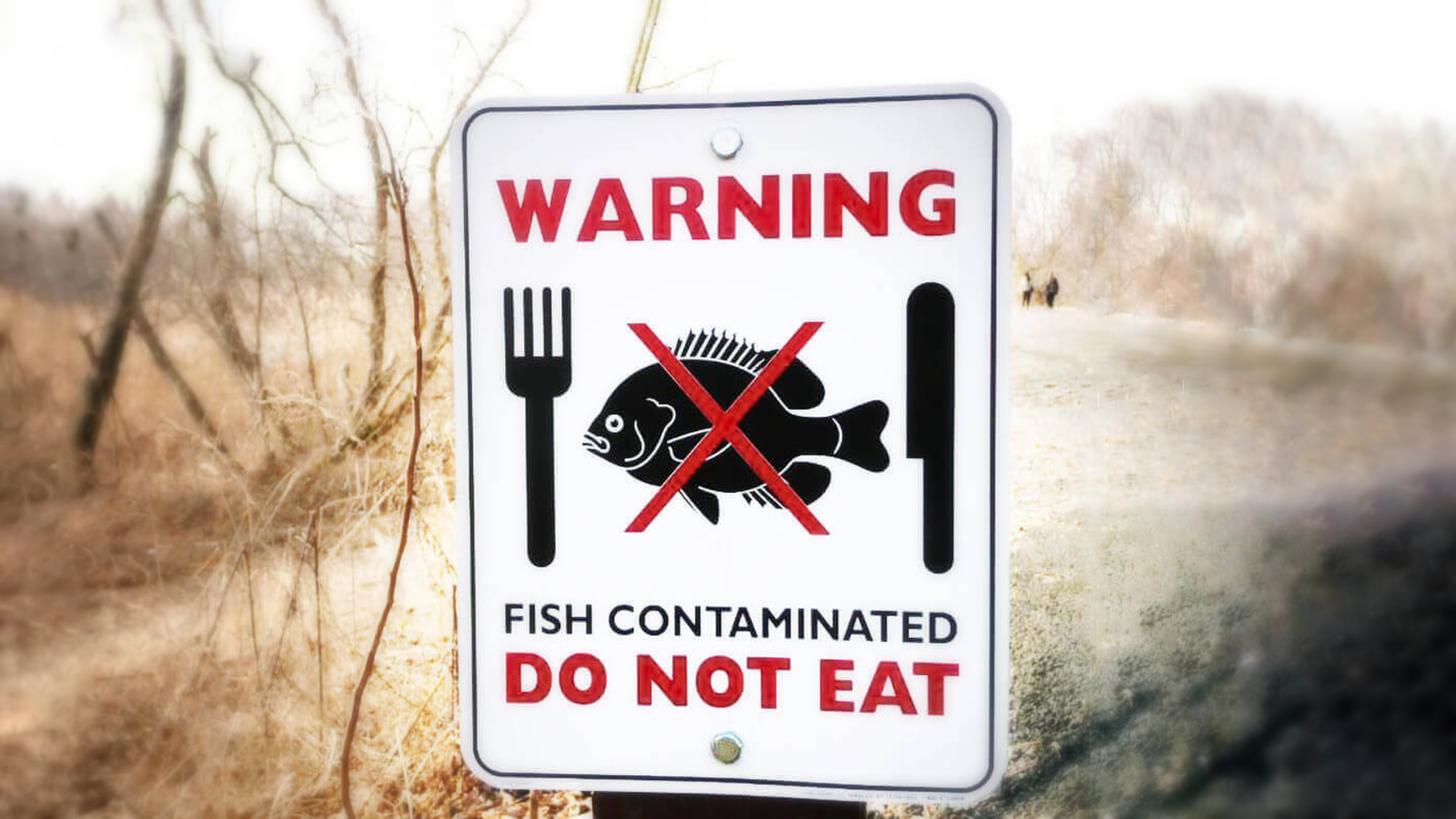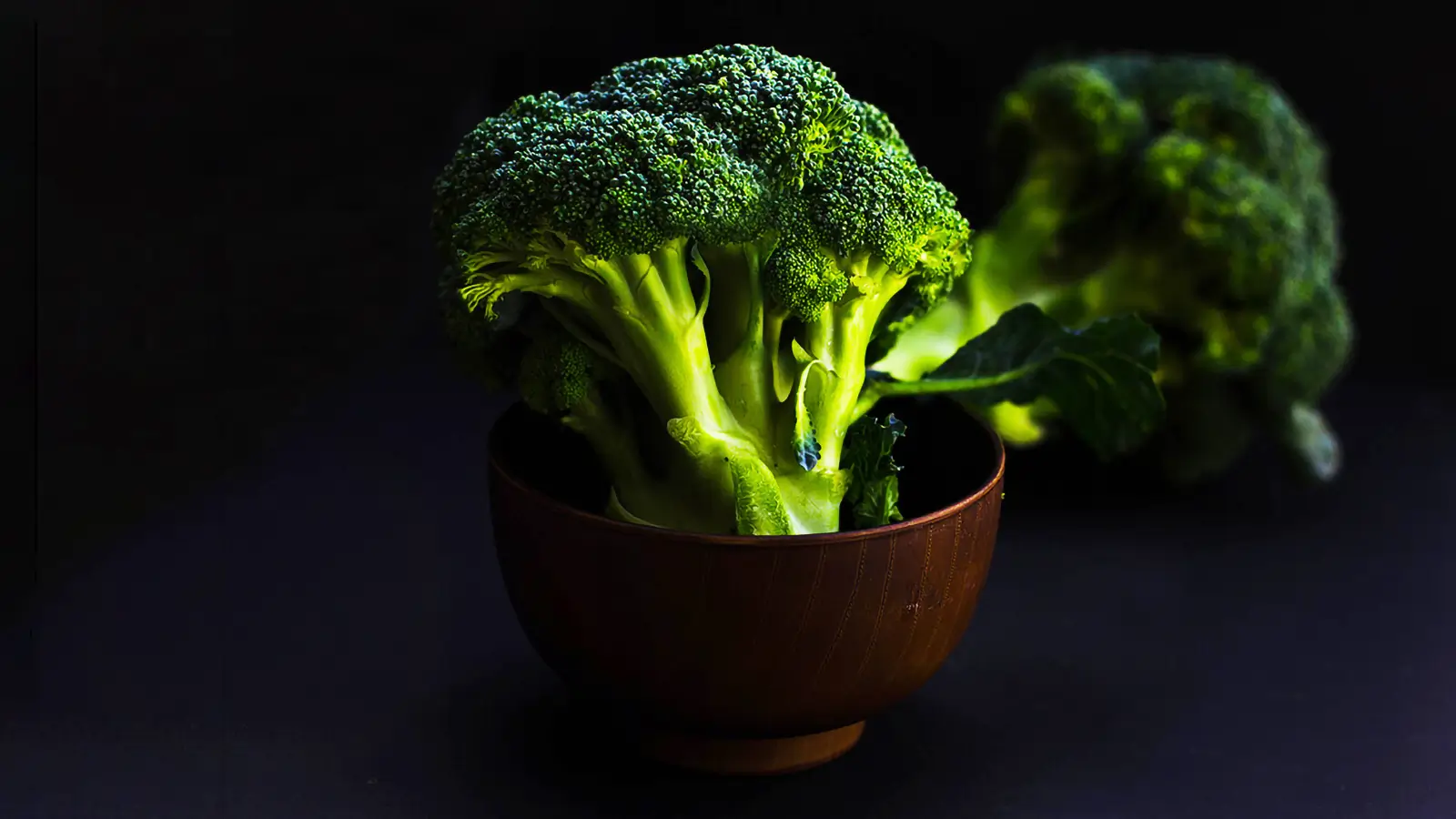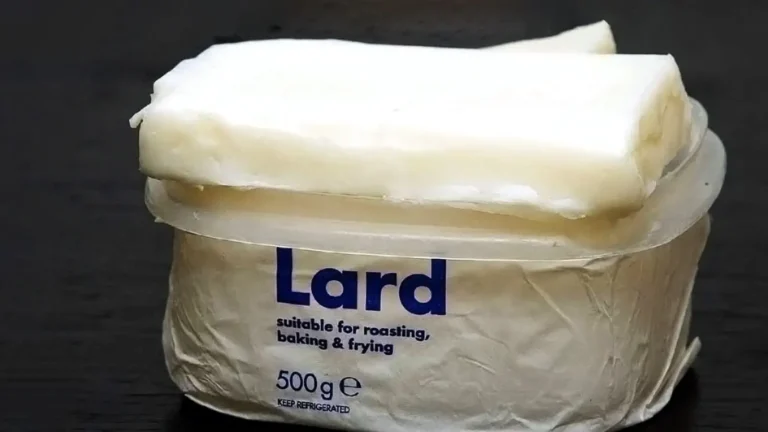Alcohol health risks- The “French paradox”, “the wine”, and “in moderation”
Somehow we believe that one glass of wine is not all that bad, or even worse, we believe in alcohol health-promoting myth because of the grape’s antioxidants.
Milos Pokimica
Written By: Milos Pokimica
Medically Reviewed by: Dr. Xiùying Wáng, M.D.
Updated June 9, 2023We all know that alcohol is a bad and toxic substance for us and that alcohol health risks are real. But somehow we all believe that one glass of wine is not all that bad and actually is good and somehow health-promoting because of all of its antioxidants from the grapes. A pregnant woman will avoid drinking alcohol because of fetal development but usually, people are just not aware that alcohol does much more than killing our brain cells. It is a genotoxic, cancerous, pro-inflammatory mutagen.
The developing fetus and adolescent brain are primarily vulnerable to the toxic effects of alcohol and this is the reason why it is absolutely forbidden in pregnancy. If the mother drinks during pregnancy that will have an adverse effect on fetal development. The most severe condition in this spectrum of diseases is known as fetal alcohol syndrome (FAS).
Alcohol is something as known as a teratogen, and that means that it prevents the cells from developing by blocking maternal and fetal enzymes.
“Alcohol can act as a teratogen through numerous methods including reactive oxygen species (generated as byproducts of CYP2E1), decreased endogenous antioxidant levels, mitochondrial damage, lipid peroxidation, disrupted neuronal cell-cell adhesion, placental vasoconstriction, and inhibition of cofactors required for fetal growth and development.”
(Gupta et al., 2016)
In healthy adults, alcohol restricts to some extent the production of vasopressin (ADH) (Harper et al., 2018). It is a hormone produced in the hypothalamus and is secreted from the posterior pituitary gland. Dehydration after alcohol consumption is a consequence of this restriction. This might be a reason for the hangover to a smaller extent. Hangover just by itself is not dehydration. You might try to prevent a hangover the morning after by consuming large amounts of fluid during binge drinking but that would not completely prevent the restriction of vasopressin and dehydration.
“Also, markers of dehydration (e.g., vasopressin) were not significantly related to hangover severity. Analyses showed that concentrations of various hormones, electrolytes, free fatty acids, triglycerides, lactate, ketone bodies, cortisol, and glucose were not significantly correlated with reported alcohol hangover severity. Some studies report a significant correlation between blood acetaldehyde concentration and hangover severity, but most convincing is the significant relationship between immune factors and hangover severity. The latter is supported by studies showing that hangover severity may be reduced by inhibitors of prostaglandin synthesis. Several factors do not cause alcohol hangovers but can aggravate their severity. These include sleep deprivation, smoking, congeners, health status, genetics, and individual differences.”
(Penning et al., 2010)
People who regularly drink more than one standard drink per day are at higher risk of long-term health conditions. Even if you do not feel the effect of the drink, you did yourself harm. And that is not all. Alcohol consumption releases excess GABA and dopamine. If too much of these neurotransmitters get released situation can change dramatically from feeling nice and relaxed to increased heart rate, shortness of breath, increased levels of both aggression and depression, high blood pressure, delusions, hallucinations, night terrors, spasms, and so on (Liang et al., 2014).
Excess drinking causes the liver to accumulate fat, which can lead to fatty liver disease especially if you are already obese.
“Alcoholic liver disease (ALD) is the most prevalent type of chronic liver disease worldwide. ALD can progress from alcoholic fatty liver (AFL) to alcoholic steatohepatitis (ASH), which is characterized by hepatic inflammation. Chronic ASH can eventually lead to fibrosis and cirrhosis and in some cases hepatocellular cancer (HCC). In addition, severe ASH (with or without cirrhosis) can lead to alcoholic hepatitis, which is an acute clinical presentation of ALD that is associated with liver failure and high mortality. Most individuals consuming >40 g of alcohol per day develop AFL; however, only a subset of individuals will develop more advanced disease.”
(Seitz et al., 2018)
All of these alcohol health risks are well known but what is not so known is that even just one drink a day may increase the person’s risk for breast cancer by 4% because alcohol has a pro-estrogenic influence on the cells. Cancers that are responsive to hormones will also have a positive response to substances that influence hormones like for instance breast cancer. The increase in the order of 4% is done just by one small alcoholic drink per day (Shield et al., 2016).
If you drink three or more drinks a day, then your breast cancer risk goes up by, imagine this 40-50 percent.
Around 5 percent of all breast cancers in the US are attributed just to alcohol consumption and around 1 to 2 percent to light drinks alone. Combine this with the pro-estrogenic effects of POPs and plastic and all other xenoestrogens.
Besides breast cancer, 3.6% of other types of cancers are caused directly by chronic alcohol drinking, and these include the liver, the colorectum, and of the upper digestive tract (Bagnardi et al., 2013).
The International Agency for Research on Cancer (IARC) official UN body under the WHO considers ethanol a carcinogen to humans (Group 1). Besides ethanol, alcoholic beverages are multicomponent mixtures that can be containing several different carcinogenic compounds, such as acetaldehyde, aflatoxins, and ethyl carbamate. Ethanol is considered the most important carcinogen in alcoholic beverages, but there are other carcinogenic compounds as well.
The biological mechanisms by which alcohol intake increases the risk of cancer are not fully understood, but the primary mechanisms are likely to include a genotoxic effect of acetaldehyde, the induction of cytochrome P450 2E1 and associated oxidative stress, increased estrogen concentration, a role as a solvent for tobacco carcinogens, changes in folate metabolism, and changes in DNA repair.
For cancers of the digestive tract, especially those of the upper digestive tract, acetaldehyde (a derivate from alcohol that creates itself almost instantly when you sip on an alcoholic beverage) has been highlighted as a likely and important causal pathway. That metabolite is so toxic it is terrible.
For colorectal cancer, in addition to the genotoxic effect of acetaldehyde, there may be the involvement of folate: alcohol may act through folate metabolism or synergistically with low folate intake. Bacteria in our mouths oxidase ethanol into acetaldehyde almost instantaneously. Even a single sip is enough to cause high concentrations of acetaldehyde even without drinking, there is still an effect for example if you use alcoholic mouthwash. In this study (Linderborg et al., 2011) they found that holding a single sip of a strong alcoholic beverage for 5 seconds in the mouth and then spitting it out formed carcinogenic concentrations of acetaldehyde in the oral cavity instantly and the exposure continued for at least 10 min. So even washing your mouth with it is cancer-promoting.
There is also more to booze than just cancer. Alcohol rises lipids in the blood and also blood pressure. That will increase the risk of raised cholesterol, hypertension, stroke, and heart attack. It causes cardiomyopathy, and myocarditis and it also causes arrhythmia.
However, wait red wine has long been considered the elixir of heart health. We can all remember the scam named French Paradox.

French paradox was a love affair for everyone. In 1980 some French scientists tried to explain the correlation between high fat intake, especially saturated one from lots of meat and dairy products with lower heart attack rates in France especially when compared with one in Britain for example. It was statistical proof that cholesterol and all of meat and eggs and cheese do not cause heart disease and even if they do we can just add some nice red wine after the meal and what more do you want. Red wine is some kind of superfood. However, correlation is not causation, and one factor that had been ignored was, and I will write it again was, the past tense, that the French diet was generally healthier than other nations at the time. They had been eating four times more vegetables than counterpart countries and it was a form of a semi-Mediterranean diet. However, it turned out to be no paradox at all. It turned out that French physicians underreport heart disease on death certificates as much as 20% according to WHO. If we correct that statistical error, then no benefit of wine. The only good thing in wine is the phytochemicals from grapes so if you want these, the better option will be just regular grape juice and the even better option will be to eat fresh grapes.
Some other studies support alcohol health risks correlated with heart disease connection. Low levels of alcohol consumption can raise levels of high-density lipoprotein (good cholesterol), and HDL. So they had the idea that moderate drinking protects against cardiovascular disease by raising HDL, which would make sense biologically if you already have razed levels of cholesterol. They need this kind of study to calm people down from time to time. Alternatively, we will stop eating animal products if we fear cholesterol. Also, some small amounts of alcohol consumption like a glass of wine a day had been found to have beneficial changes in factors that influence blood clotting, and that will mean fewer chances for thrombosis of any sort like blood clots in the brain, block arteries in the heart and so on. Blood clots are the most common kind of stroke. Booze is what chemists call amphiphilic. It interacts favorably with both polar and non-polar molecules same as any other amphiphilic substance like soaps and detergents. So if you add rubbing alcohol to grease, the alcohol starts mixing with it. It blends in by going in between the long fatty chains. It does the same thing in the bloodstream.
References:
- Gupta, K. K., Gupta, V. K., & Shirasaka, T. (2016). An Update on Fetal Alcohol Syndrome-Pathogenesis, Risks, and Treatment. Alcoholism, clinical and experimental research, 40(8), 1594–1602. https://doi.org/10.1111/acer.13135
- Caputo, C., Wood, E., & Jabbour, L. (2016). Impact of fetal alcohol exposure on body systems: A systematic review. Birth defects research. Part C, Embryo today : reviews, 108(2), 174–180. https://doi.org/10.1002/bdrc.21129
- Harper, K. M., Knapp, D. J., Criswell, H. E., & Breese, G. R. (2018). Vasopressin and alcohol: a multifaceted relationship. Psychopharmacology, 235(12), 3363–3379. https://doi.org/10.1007/s00213-018-5099-x
- Penning, R., van Nuland, M., Fliervoet, L. A., Olivier, B., & Verster, J. C. (2010). The pathology of alcohol hangover. Current drug abuse reviews, 3(2), 68–75. https://doi.org/10.2174/1874473711003020068
- Liang, J., & Olsen, R. W. (2014). Alcohol use disorders and current pharmacological therapies: the role of GABA(A) receptors. Acta pharmacologica Sinica, 35(8), 981–993. https://doi.org/10.1038/aps.2014.50
- Seitz, H. K., Bataller, R., Cortez-Pinto, H., Gao, B., Gual, A., Lackner, C., Mathurin, P., Mueller, S., Szabo, G., & Tsukamoto, H. (2018). Alcoholic liver disease. Nature reviews. Disease primers, 4(1), 16. https://doi.org/10.1038/s41572-018-0014-7
- Shield, K. D., Soerjomataram, I., & Rehm, J. (2016). Alcohol Use and Breast Cancer: A Critical Review. Alcoholism, clinical and experimental research, 40(6), 1166–1181. https://doi.org/10.1111/acer.13071
- Bagnardi, V., Rota, M., Botteri, E., Tramacere, I., Islami, F., Fedirko, V., Scotti, L., Jenab, M., Turati, F., Pasquali, E., Pelucchi, C., Bellocco, R., Negri, E., Corrao, G., Rehm, J., Boffetta, P., & La Vecchia, C. (2013). Light alcohol drinking and cancer: a meta-analysis. Annals of oncology : official journal of the European Society for Medical Oncology, 24(2), 301–308. https://doi.org/10.1093/annonc/mds337
- Linderborg, K., Salaspuro, M., & Väkeväinen, S. (2011). A single sip of a strong alcoholic beverage causes exposure to carcinogenic concentrations of acetaldehyde in the oral cavity. Food and chemical toxicology : an international journal published for the British Industrial Biological Research Association, 49(9), 2103–2106. https://doi.org/10.1016/j.fct.2011.05.024
- Criqui, M. H., & Ringel, B. L. (1994). Does diet or alcohol explain the French paradox?. Lancet (London, England), 344(8939-8940), 1719–1723. https://doi.org/10.1016/s0140-6736(94)92883-5
- Law, M., & Wald, N. (1999). Why heart disease mortality is low in France: the time lag explanation. BMJ (Clinical research ed.), 318(7196), 1471–1476. https://doi.org/10.1136/bmj.318.7196.1471
- Ferrières J. (2004). The French paradox: lessons for other countries. Heart (British Cardiac Society), 90(1), 107–111. https://doi.org/10.1136/heart.90.1.107
Related Posts
Do you have any questions about nutrition and health?
I would love to hear from you and answer them in my next post. I appreciate your input and opinion and I look forward to hearing from you soon. I also invite you to follow us on Facebook, Instagram, and Pinterest for more diet, nutrition, and health content. You can leave a comment there and connect with other health enthusiasts, share your tips and experiences, and get support and encouragement from our team and community.
I hope that this post was informative and enjoyable for you and that you are prepared to apply the insights you learned. If you found this post helpful, please share it with your friends and family who might also benefit from it. You never know who might need some guidance and support on their health journey.
– You Might Also Like –

Learn About Nutrition
Milos Pokimica is a doctor of natural medicine, clinical nutritionist, medical health and nutrition writer, and nutritional science advisor. Author of the book series Go Vegan? Review of Science, he also operates the natural health website GoVeganWay.com
Medical Disclaimer
GoVeganWay.com brings you reviews of the latest nutrition and health-related research. The information provided represents the personal opinion of the author and is not intended nor implied to be a substitute for professional medical advice, diagnosis, or treatment. The information provided is for informational purposes only and is not intended to serve as a substitute for the consultation, diagnosis, and/or medical treatment of a qualified physician or healthcare provider.NEVER DISREGARD PROFESSIONAL MEDICAL ADVICE OR DELAY SEEKING MEDICAL TREATMENT BECAUSE OF SOMETHING YOU HAVE READ ON OR ACCESSED THROUGH GoVeganWay.com
NEVER APPLY ANY LIFESTYLE CHANGES OR ANY CHANGES AT ALL AS A CONSEQUENCE OF SOMETHING YOU HAVE READ IN GoVeganWay.com BEFORE CONSULTING LICENCED MEDICAL PRACTITIONER.
In the event of a medical emergency, call a doctor or 911 immediately. GoVeganWay.com does not recommend or endorse any specific groups, organizations, tests, physicians, products, procedures, opinions, or other information that may be mentioned inside.
Editor Picks –
Milos Pokimica is a health and nutrition writer and nutritional science advisor. Author of the book series Go Vegan? Review of Science, he also operates the natural health website GoVeganWay.com
Latest Articles –
Top Health News — ScienceDaily
- Why consciousness exists at allon December 15, 2025
Consciousness evolved in stages, starting with basic survival responses like pain and alarm, then expanding into focused awareness and self-reflection. These layers help organisms avoid danger, learn from the environment, and coordinate socially. Surprisingly, birds show many of these same traits, from subjective perception to basic self-awareness. This suggests consciousness is far older and more widespread than once believed.
- AI found a way to stop a virus before it enters cellson December 15, 2025
Researchers discovered a hidden molecular “switch” that herpes viruses rely on to invade cells. By combining AI, simulations, and lab experiments, they identified and altered a single amino acid that shut down viral entry. What once might have taken years was achieved far faster using computational tools. The findings open new possibilities for designing future antiviral treatments.
- New study shows some plant-based diets may raise heart disease riskon December 15, 2025
Researchers tracking over 63,000 adults found that high-quality, minimally processed plant foods significantly reduce cardiovascular risk. But when those plant foods are ultra-processed, the advantage disappears—and can even backfire. Some ultra-processed plant diets increased risk by 40%. The study urges a shift toward whole, naturally nutrient-rich plant foods.
- These simple habits could make your brain 8 years younger, study findson December 15, 2025
New research shows that your brain’s “true age” can shift dramatically depending on how you live, with optimism, restorative sleep, stress management, and strong social support acting like powerful anti-aging tools. Using advanced MRI-based brain-age estimates, scientists found that people with multiple healthy lifestyle factors had brains up to eight years younger than expected — even among those living with chronic pain.
- Anxiety and insomnia linked to sharp drops in key immune cellson December 15, 2025
Natural killer cells act as the immune system’s rapid-response team, but the stress of anxiety and insomnia may be quietly thinning their ranks. A study of young women in Saudi Arabia found that both conditions were linked to significantly fewer NK cells—especially the circulating types responsible for destroying infected or abnormal cells. As anxiety severity increased, NK cell levels dropped even further, suggesting a stress-driven weakening of immune defenses.
- Cannabis compounds show unexpected power against ovarian canceron December 15, 2025
Scientists have discovered that key compounds from cannabis—CBD and THC—show surprisingly strong effects against ovarian cancer cells. Used together, they slow cell growth, reduce colony formation, and may even block the cancer’s ability to spread. Even more promising, the treatment caused minimal harm to healthy cells and appears to work by restoring a disrupted signaling pathway that fuels tumor growth.
- Mayo Clinic neurosurgeon reveals 8 back pain myths to stop believingon December 15, 2025
Back pain is wrapped in persistent myths, but many are far from the truth. From misconceptions about heavy lifting and bed rest to confusion over posture, exercise, and surgery, Dr. Meghan Murphy breaks down what really causes pain and what actually helps. Her insights reveal that everyday habits, movement, and smart prevention often make a bigger difference than people realize.
PubMed, #vegan-diet –
- Healthful and Unhealthful Plant-Based Diets and Their Association with Cardiometabolic Targets in Women Diagnosed with Breast Cancer: A Cross-Sectional Analysis of a Lifestyle Trialon December 11, 2025
CONCLUSIONS: Maintaining cardiometabolic risk factors within normal ranges is clinically relevant in BCS, and this may be more likely when a plant-based diet is consumed, especially if low in unhealthy plant foods.
- Dietary and Lifestyle Patterns and Their Associations with Cardiovascular and Inflammatory Biomarkers in Vegans, Vegetarians, Pescatarians, and Omnivores: A Cross-Sectional Studyon December 11, 2025
Background: Plant-based diets are associated with reduced cardiometabolic risk, yet the influence of lifestyle behaviors on these benefits remains insufficiently understood. Objective: To assess the combined impact of dietary patterns and lifestyle behaviors on body composition, lipid profiles, and inflammatory biomarkers in healthy young adults. Methods: In this cross-sectional study, 155 participants aged 18-39 years were categorized into four dietary groups: vegans (n = 48), vegetarians (n […]
- Functional and Nutritional Properties of Lion’s Mane Mushrooms in Oat-Based Desserts for Dysphagia and Healthy Ageingon December 11, 2025
Hericium erinaceus (Lion’s Mane mushroom) is a medicinal species recognised for its neuroprotective and antioxidant properties. This study investigated its potential as a functional ingredient in oat milk-based desserts formulated for individuals with dysphagia. Freeze-dried Lion’s Mane powder (LMP), containing high-quality protein (~16%, amino acid score 88%), dietary fibre (~31%), and phenolic compounds (72.15 mg GAE/g), was incorporated at varying levels using gelatin or iota-carrageenan […]
- “A football team with no midfield”: A qualitative analysis of anti-vegan stigma in Italyon December 7, 2025
A growing body of research has demonstrated the prevalence of unfavourable attitudes towards individuals who adhere to a vegan diet and has provided empirical evidence to support the existence of an anti-vegan ideology. The present study aims to contribute to extant knowledge by examining the social perception of veganism and vegans in Italy. Italy is a nation characterised by a traditional culture of food that serves as a significant catalyst for collective identification and national pride….
- Plant-based dietary index on the Mediterranean and a vegan diet: a secondary analysis of a randomized, cross-over trialon December 5, 2025
CONCLUSION: These findings suggest that, replacing animal products even with the “unhealthful” plant-based foods on a vegan diet was associated with weight loss.
Random Posts –
Featured Posts –
Latest from PubMed, #plant-based diet –
- Identification of effective plant-based oils for use in aquafeed: An evaluation of impact on gamete quality and developmental success using zebrafish (Danio rerio) as a screening organismby Seyed-Mohammadreza Samaee on December 14, 2025
To evaluate the effectiveness of zebrafish as a screening system for identifying appropriate plant oils (POs) for aquafeed, Artemia nauplii (AN) were enriched with three single- cultivar olive oils (OO): Koroneiki, Parseh, and Arghavan. The resulting AN (ANKor, ANPar, ANArg, and AN36 [36 h starved AN, control]) were then fed to 360 fish (3.5 cm) for one month. The fatty acid (FA) profile of the AN was reflected in the ova and influenced both sperm motility and density, which in turn affected […]
- The Effect of Dietary Interventions on Human Vascular Function in the Context of Acute Psychological Stress: A Scoping Reviewby Rosalind Baynham on December 14, 2025
Episodes of acute psychological stress increase the risk for cardiovascular diseases, partially through stress-induced impairments in vascular function. During psychologically stressful periods, individuals are more likely to consume unhealthy foods and fewer fruits and vegetables. Yet, the impact of dietary choices and their nutritional composition on vascular function in the context of psychological stress is unclear. In this scoping review, comprehensive database searches were carried out […]
- Plant-based diets, gut microbiota, blood metabolome, and risk of colorectal, liver and pancreatic cancers: results from a large prospective cohort study of predominantly low-income Americansby Fangcheng Yuan on December 14, 2025
CONCLUSIONS: A diet high in healthy plant foods and low in animal foods was inversely associated with liver cancer risk and with CRC risk among screening-naïve participants. These associations may be partly mediated through gut microbiota and systemic metabolism.
- Vegetarian diet and likelihood of becoming centenarians in Chinese adults aged 80 years or older: a nested case-control studyby Yaqi Li on December 14, 2025
CONCLUSIONS: Targeting individuals of advanced age (80+ years) in China, we found that individuals following vegetarian diet had lower likelihood of becoming centenarians relative to omnivores, underscoring the importance of a balanced high-quality diet with animal- and plant-derived food composition for exceptional longevity, especially in the underweight oldest-old.
- Priority of nutrition and exercise in depression management: triangulating mini-review of past and recent evidence with clinical practice guidelinesby Shannon Rogers on December 14, 2025
CONCLUSIONS: Disparities that exist in leading depression management guidelines vis-à-vis inclusion of evidence-informed nutrition and PA/PE recommendations, warrant reconciliation. Evidence supporting anti-depressant WFPB nutrition and limiting pro-inflammatory animal-sourced food and UPF and supporting anti-inflammatory aerobic exercise and resistance training warrants being translated into national/international depression management guidelines as consistently as recommendations for…
- The effect of a diet based on vegetable and dairy protein on biochemical and functional indicators of sarcopenia in patients with liver cirrhosis: a randomized controlled trialby Mahdiyeh Taghizadeh on December 13, 2025
CONCLUSIONS: In conclusion, a vegetable and dairy protein-based diet effectively inhibited significant elevations in ammonia levels compared to the standard diet in persons with liver cirrhosis; however, anthropometric parameters and muscle function did not differ between two groups.
